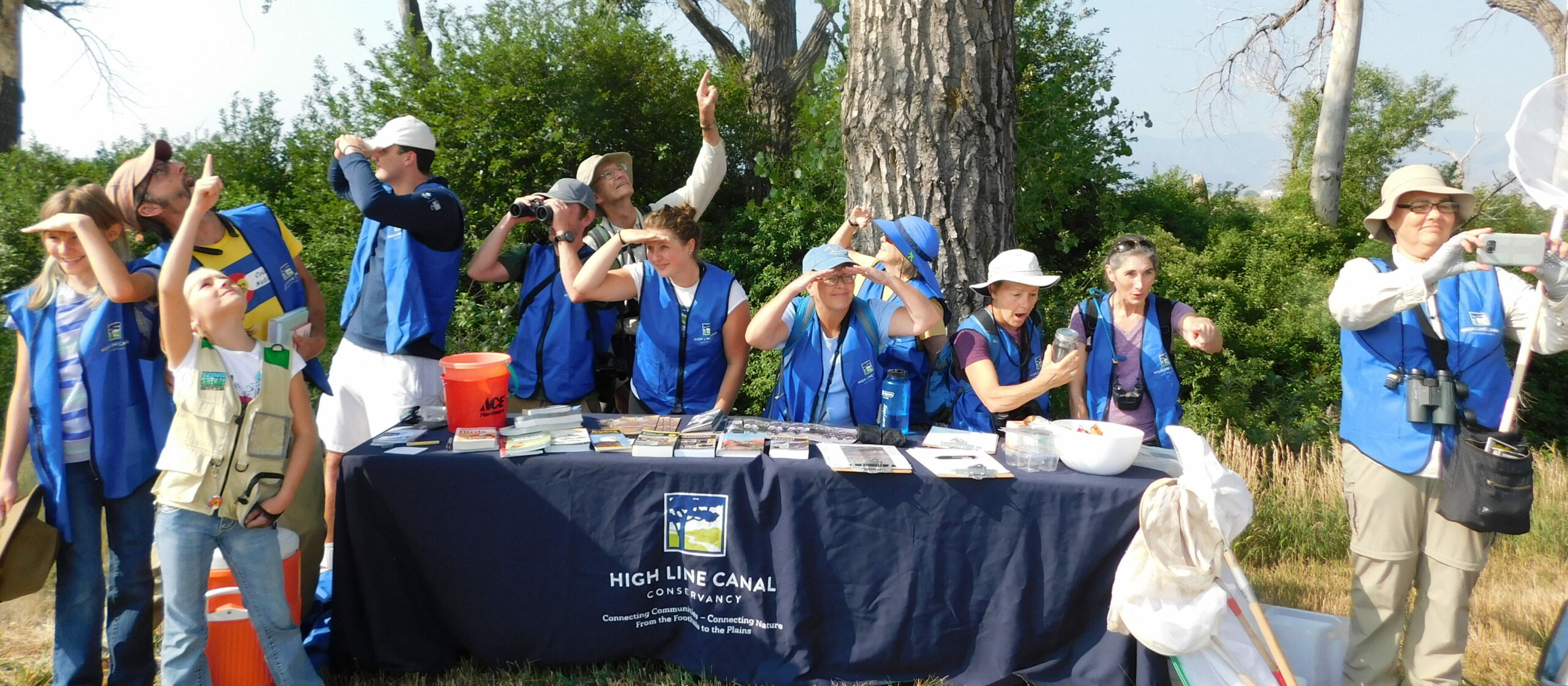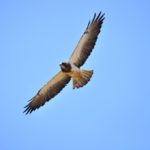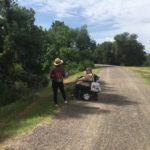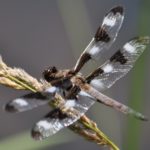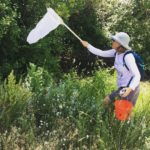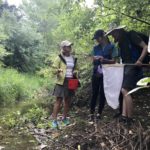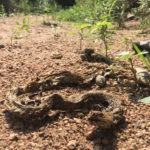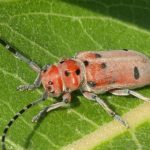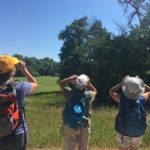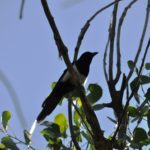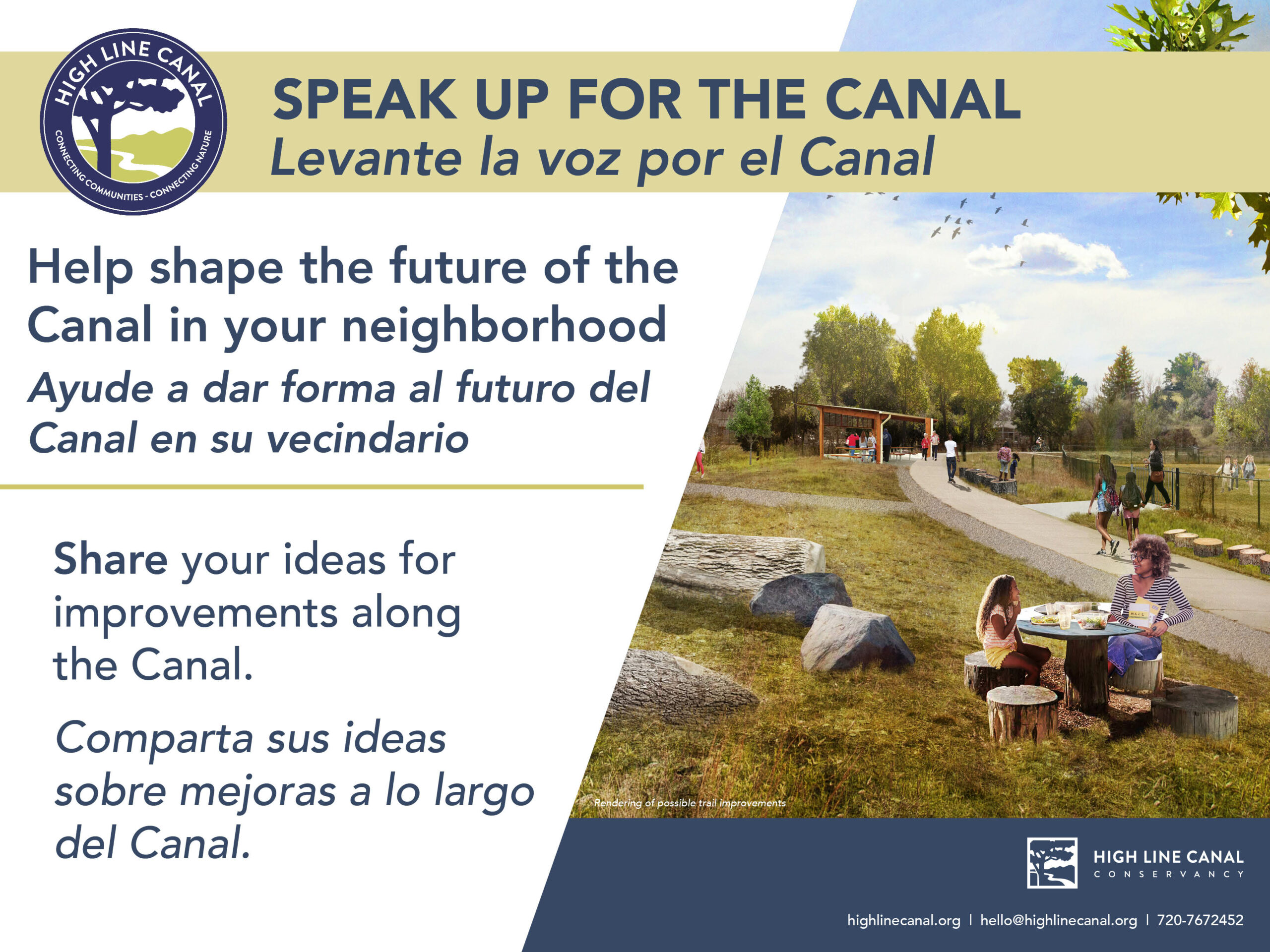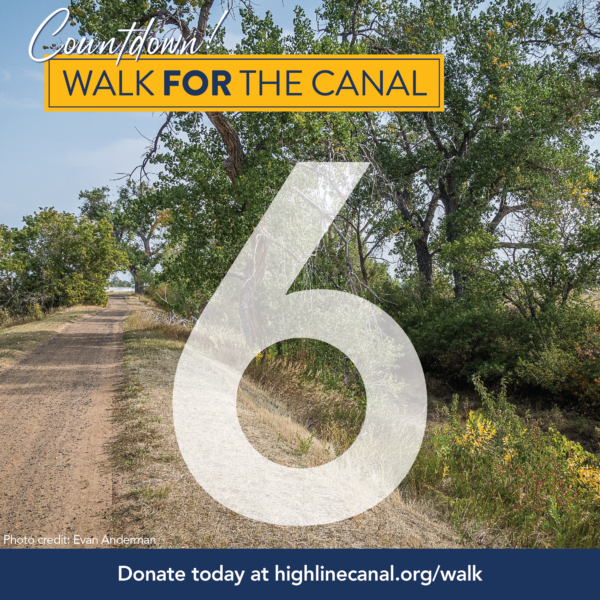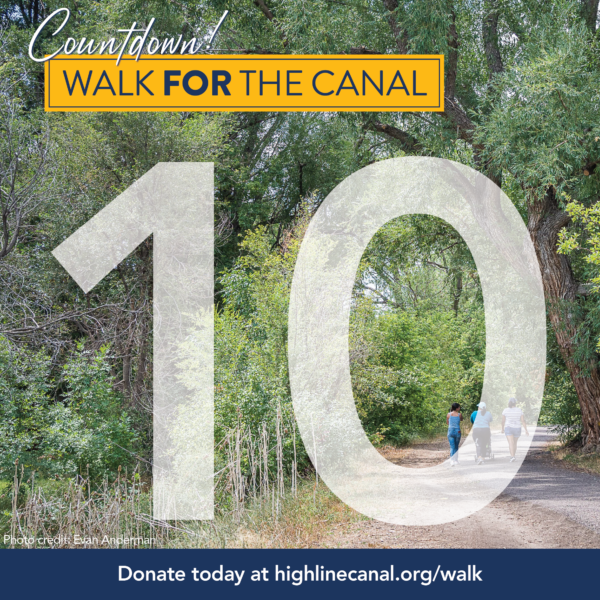The High Line Canal 2018 BioBlitz — A Reflection
Alana Weber
Summer 2018
In 2018 we launched the first-ever High Line Canal BioBlitz series which consisted of six outings to record any wildlife spotted along the Canal. Rolling out the the BioBlitz series took effort in many stances including the partnering with other organizations to make the program come to life. In January of 2018 I was given the opportunity to create a baseline of known species living on the Canal. Never had there been a study to understand the ecology that naturally formed around this manmade ditch. Reaching out to organizations such the Nature Conservancy, the Natural Heritage Program, Colorado Parks and Wildlife, different district’s Parks and Recreation departments and other environmental non-profits, helped us construct a preliminary database for species, at least near to the Canal. But how didactic would it be to do our own research and dig even deeper into species calling the Canal home?
To do a scientific study would give us the most significant data, but one of the Conservancy’s key objectives is to work with the community of the Canal; establishing a relationship with local, passionate Canal users giving them a sense of connection to this historic water-way. After long talks with Kate Hogan, the Community Outreach Coordinator for the Audubon Society of Greater Denver, it became clear that the best way to observe the natural ecosystem of the Canal and to gather community support would be through a BioBlitz — or a series of BioBlitzes. A BioBlitz, according to National Geographic, is an opportunity for community members and scientist to come together and observe as many species as possible in a short timeframe within a specific location.
After weeks of researching how to perform a BioBlitz and connecting with other agencies who had hosted their own Blitzes, we decided to use a database called iNaturalist in order to collect all information found during our series. iNaturalist is an online social network that helps engage naturalists and citizen scientists about biodiversity on a global scale. By using iNaturalist as our database, not only would it be an easy way to access all information collected during our BioBlitzes, it would also be a helpful way to upload unknown wildlife for identification help. Through using iNaturalist we would also contribute to the citizen science global database of wildlife. All 71 miles of the High Line Canal have now been successfully added to iNaturalist where community members can upload observations they need help identifying or purely to add interesting wildlife they find along the Canal. With help from Biohabitats, a company that provides environmental planning and ecological restoration, we were also able to upload six BioBlitz locations along the High Line Canal onto iNaturalist.
New to all of us at the Conservancy, we relied on the Audubon Society of Greater Denver to connect us with naturalists interested in attending and working with us to discover the wildlife of the Canal. With immense support from the Audubon Society and reaching out to our supportive community, we successfully gathered over 50 volunteers to help with our inventory. We held naturalist meetings and volunteer trainings to help familiarize the volunteers with the Conservancy’s objectives, how a BioBlitz works and using iNaturalist.
Once on the Canal, with an average of 12 volunteers per Blitz, we would split up into groups focusing on either birds or insects while always on the lookout for rare and difficult to spot mammals, reptiles and amphibians. It was best to have at least one bird or insect specialist per group, however, when this was not possible, we had iNaturalist to rely on for help. In the end, we uploaded 571 observations and were able to identify 180 species inhabiting the Canal.
This inaugural BioBlitz series has been a tremendous way to begin the process of understanding the living natural ecosystem of the High Line Canal not to mention, roll out our volunteer program and engage with community members. Our work will help inform the Framework Plan in understanding the needs of the wildlife and to continue to maintain a healthy ecosystem along the corridor. The BioBlitz program will also help with our efforts to preserve and protect the Canal through volunteers establishing a deeper connection to the biodiverse abundance inhabiting this historic and beloved resource.
- Swainson’s Hawk Photo: Jared Del Rosso
- Volunteers listening for birds
- Twelve spotted skimmer Photo: Jared Del Rosso
- Volunteer catching a butterfly
- Harriet and fellow volunteers in the Canal
- Bull Snake
- Milkweed Borer Photo: Jared Del Rosso
- Bicolored Striped Sweet Bee Photo: Ryan Bartlett
- Volunteers observing a bird’s nest
- Black-billed Magpie Photo: Jared Del Rosso
- Young volunteer observing insects

